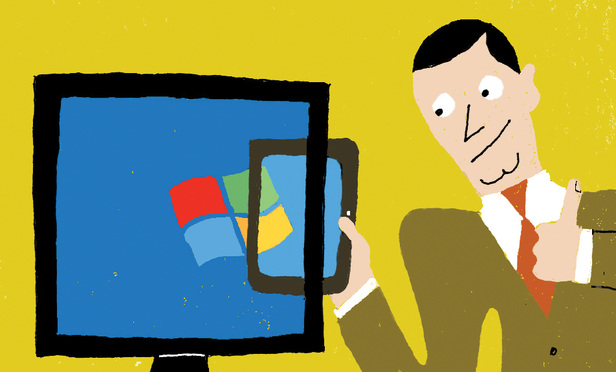I’ll admit it: I always felt a bit sorry for Windows 8, Microsoft Corp.’s much-maligned operating system. It was ambitious and full of great ideas, but oh-so-awkward. But I felt sorrier for the lawyers who had to use it. Windows 8 could be a frustrating, even bizarre experience. It tried to leverage the advantages of a tablet, like apps and touch-based gestures, while retaining familiar features like the Windows desktop. But it didn’t blend those two worlds seamlessly, so it threw both of them at you in a confusing mishmash. Windows 8 was the OS whose split personality could jeopardize your own sanity.
Like a lot of PC users, I was curious, and perhaps a bit fearful, about how Microsoft would approach the sequel, Windows 10. (While there is no official explanation for why Windows 9 was skipped, guilt by association is a likely reason.) Would the company take a step back and create something that looked more like Windows XP or Windows 7—robust operating systems with familiar point-and-click interfaces? Or would it once more boldly try to capture the best of the tablet and PC worlds?






